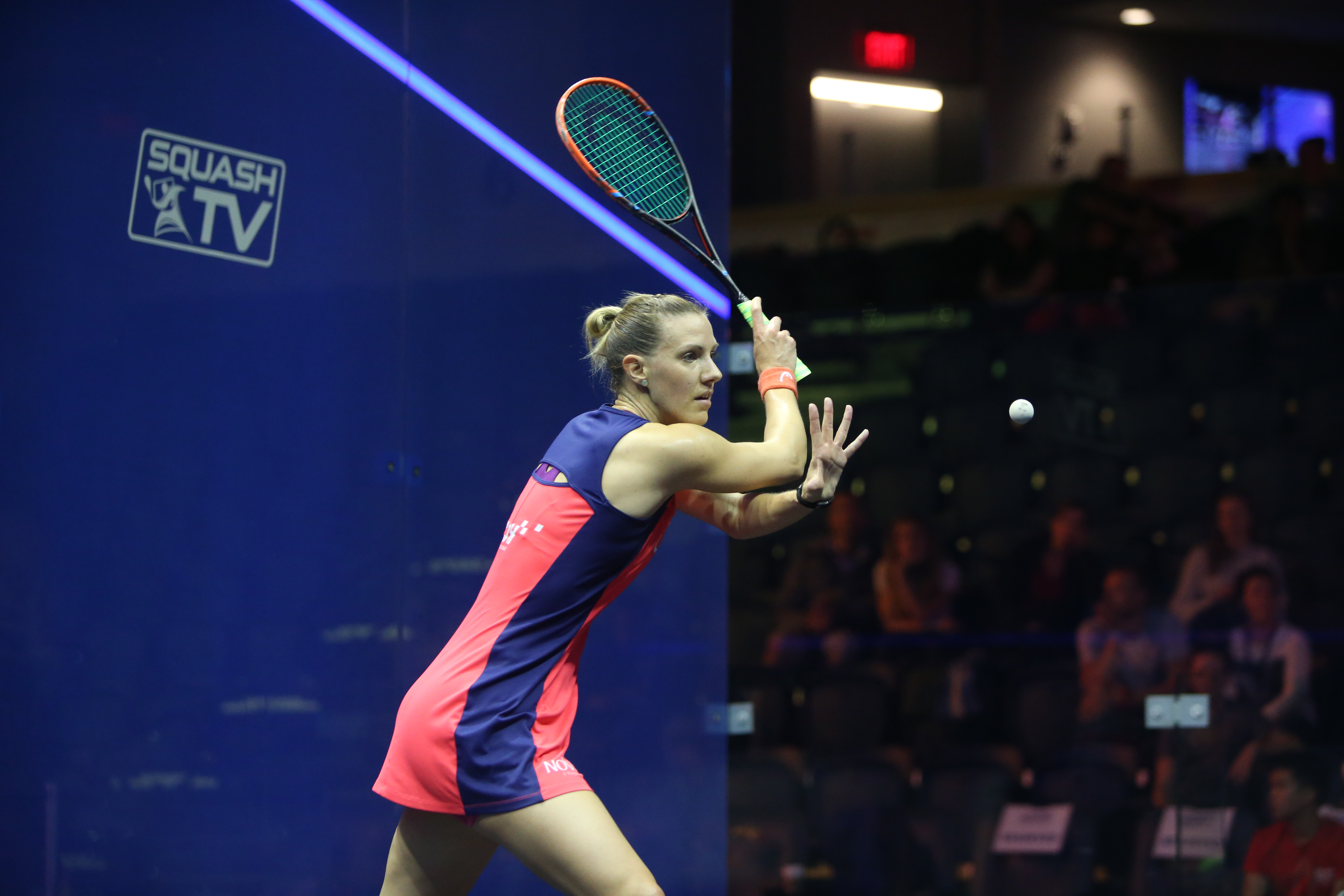By Richard Millman
SquashTV has become a great educational tool for all of us. Sometimes, however, watching the top professionals in the world can be misleading, owing to their exceptional levels of skill and athleticism. It is easy to draw the wrong conclusions about how to improve our own games as we see these players make the extraordinary look routine.
One area in which this plays out is the serve. Many professionals appear to not place focus on precision serving, even though it is a necessary component of every point. There are exceptions to this; I find more PSA women than men emphasize the serve, and I remember well the great English professional Linda Elriani—now leading the squash program at the Heights Casino in Brooklyn—using her lob serve to marvelous effect to place her opponents under pressure. On the men’s tour, the attention James Willstrop applies to his serve is notable.
Part of the professionals’ apparent lack of interest in using the serve as a weapon stems from their level of skill. There is little advantage to be gained by testing the serve return ability of the opponent; the risk factor of attempting an extremely precise lob serve or body serve often outweighs the possible reward to be gained. In a recent exhibition match that we staged at Scenic City Squash in Chattanooga, this very discussion came up with Steven Coppinger and Chris Hanson. Steven spoke to the dangers of making an error when trying to be too precise with the serve, whereas Chris pointed to the value gained by Willstrop and his serves.
For players below the professional level, however, the risk/reward ratios are quite different. Very few amateur players have technical levels of skill that are consistently able to return a high-quality lob serve. Providing you practice your serve and achieve a level of consistency, using the serve to attack your opponent is a very sensible and beneficial tactic.
The serve is your best chance of gaining an edge at the beginning of the rally. Practice at least three different styles including the lob serve, a body serve and a flatter hammer serve. There are several other serves that are worth learning and practicing including: change-up serves (where you fake a fast serve and then play slow or fake a slow serve and play fast) and short tight width serves (which confuse the opponent who will often play a short return that sets you up to control the court).
Whichever serves you want to employ, make sure you practice them regularly to achieve confidence and consistency. Don’t allow errors to make your serve a weapon that costs more than it earns. A simple service drill is to hit and retrieve your own serve between twenty-five and fifty consecutive times each side until you achieve the desired level of excellence. Develop three to five serves you are confident in. Use your serve to get an edge, at least until you break the top one hundred on the PSA Tour!





